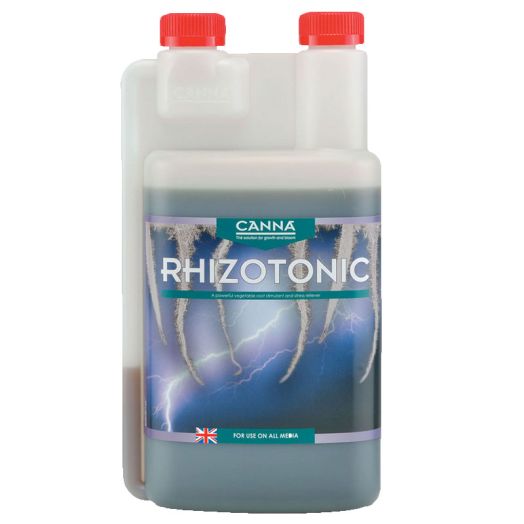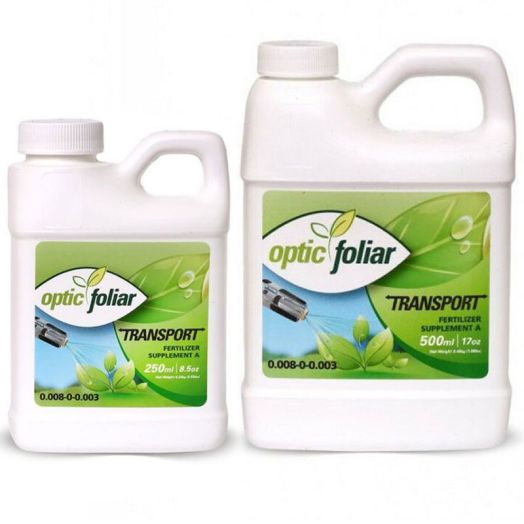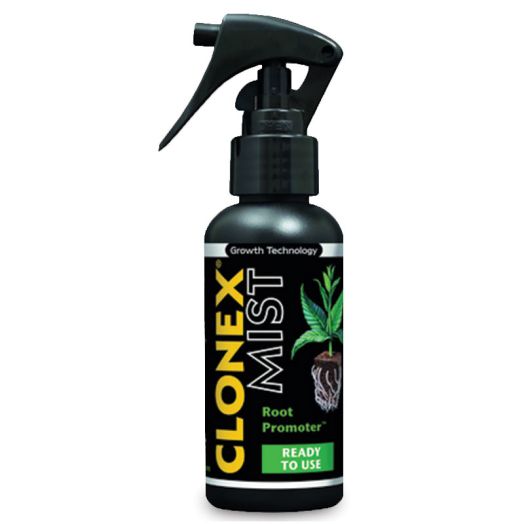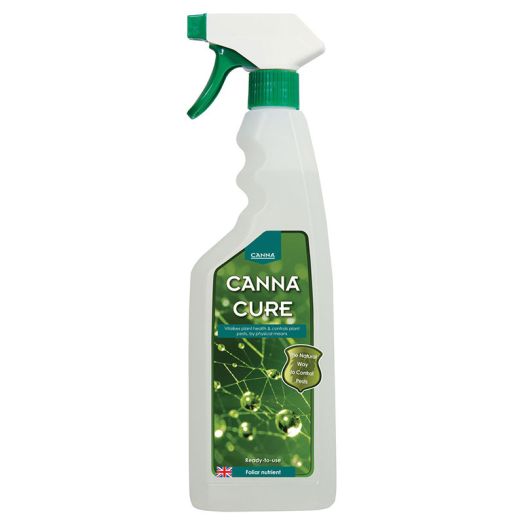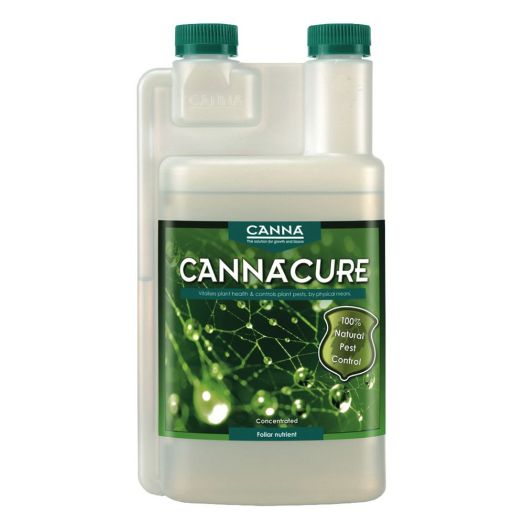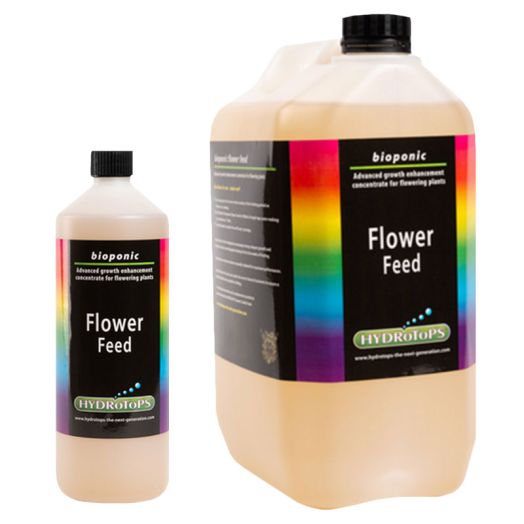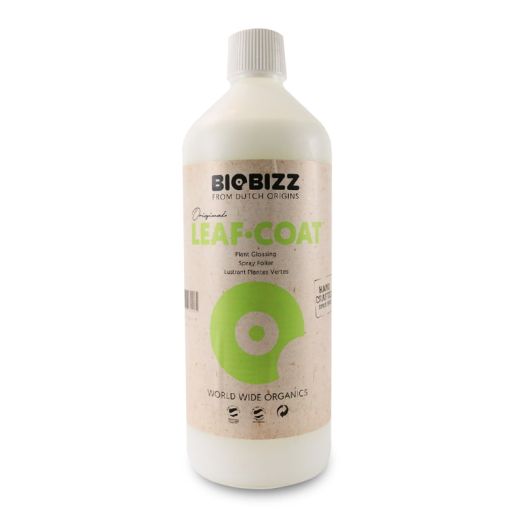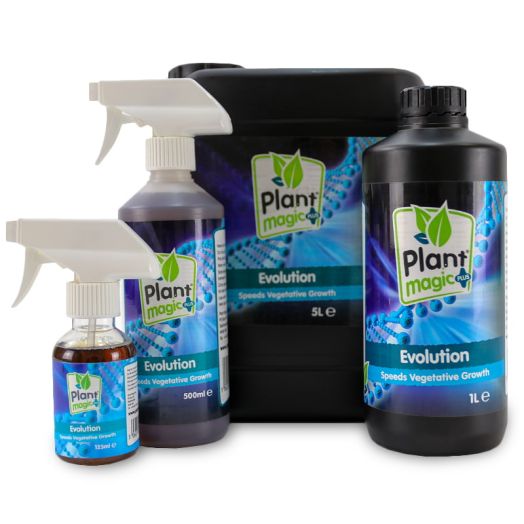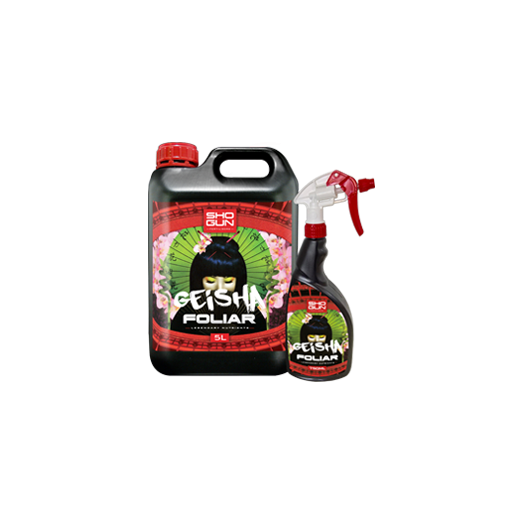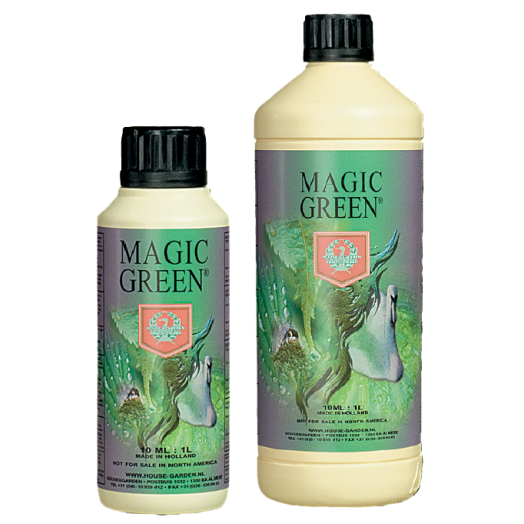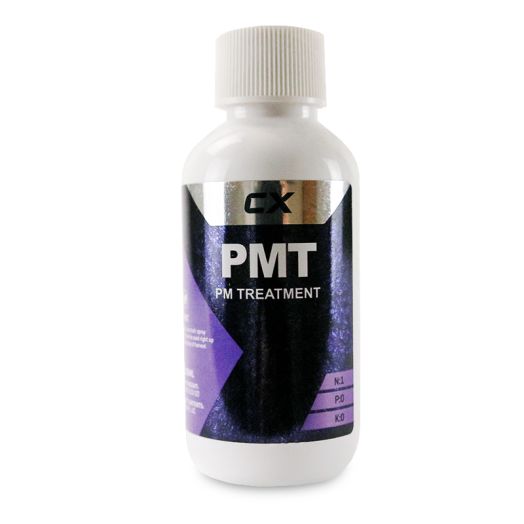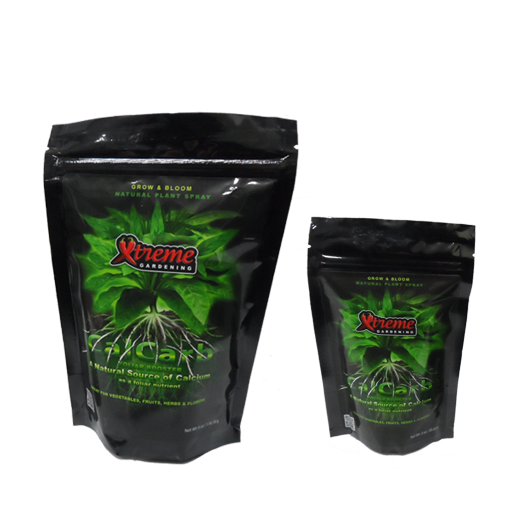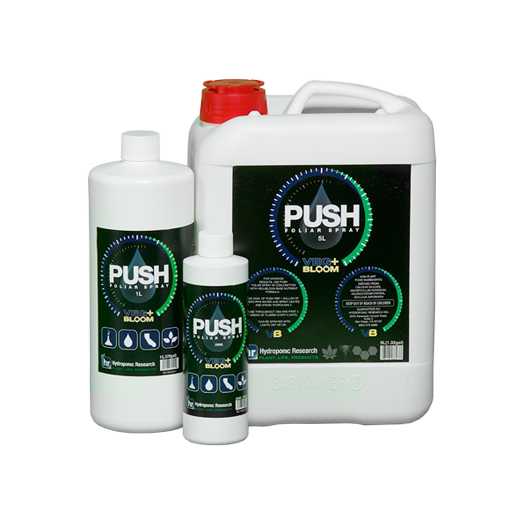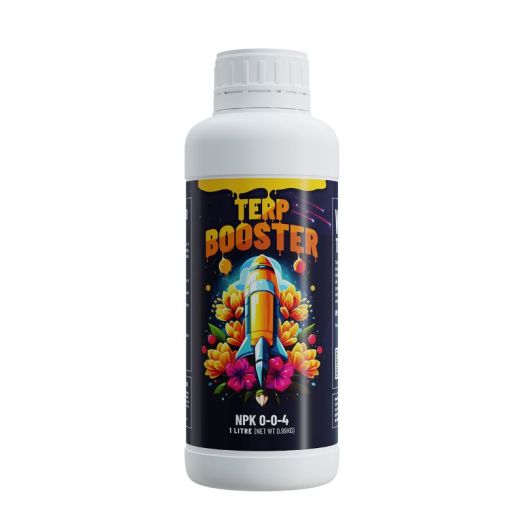Leaf Spray

Foliar Feeds
In the usual pathway of nutrients uptake, plants can transport nutrition at a rate of about a foot (30cm) an hour. This means that on medium or tall species, compounds fed at the root level take several hours before it’s available for use in photosynthesis – spraying foliage bypasses the transport delay, making nutrition immediately available. This will enable you to treat deficiencies much quicker via the leaf rather than via the roots.
Different essential elements plants require to grow have separate mobility rates around the plant. Potassium, sodium, and molybdenum are rapidly absorbed, and highly mobile. Phosphorus, sulphur, and chlorine are absorbed at a slower rate, but are also mobile and are transported at a rapid rate. Manganese, zinc, copper, and molybdenum are only slightly mobile. Calcium, strontium, barium, iron, and magnesium are readily absorbed but do not move out of the leaf to which they were applied showing their complete lack of mobility. Leafs sprays can be important when treating deficiencies, especially in particular elements that aren’t as mobile within the plant. spraying foliar feeds that are high in elements that have a lack of mobility around the plant, immeditely treats the issue and reduces stress for the plant.
In nature, Dew settles out on the leaves of low-lying plants serving as an environmental indication of the day beginning, waking the plant up. In our indoor horticultural setting, this cue has been lost due to the optimised nature of the indoor environment in which we’ve reduced swings in humidity which eliminates dew precipitation. Dew is easily simulated and improved upon with plant wash products that can combine different types of ingredients to supercharge growth. Morning application of plant sprays prepare the stomata for the day ahead, helping them to open in anticipation of the lights coming on and metabolic processes continuing.
Foliar feeding increases humidity in the environment, so it can be used during propagation to feed cuttings and seedlings before they have established roots, increasing success rates. Use a product such as clonex mist for the first week after taking cuttings to ensure the largest number of cuttings make it through to vegetative growth.
Leaf feeding is normally applied around the time the lights go on or off to reduce the chances of water droplets acting like lenses under intense HID lighting causing burns. A range of products has recently hit the market that gets absorbed so quickly that the manufacturer encourages it to be used while lights are on, with no ill effects to plants!
Foliar feeding is most effective during propagation and vegetative growth – You shouldn’t spray anything on plants once flowers start to form as it increases the chances of negative microorganisms attacking your crop.
We stock a range of sprays that have different mixes of ingredients and are suitable for different applications. Take a look at each product to see what it can bring to your garden - If you've got further questions you can contact our expert team on 0800 085 7995 or email us

